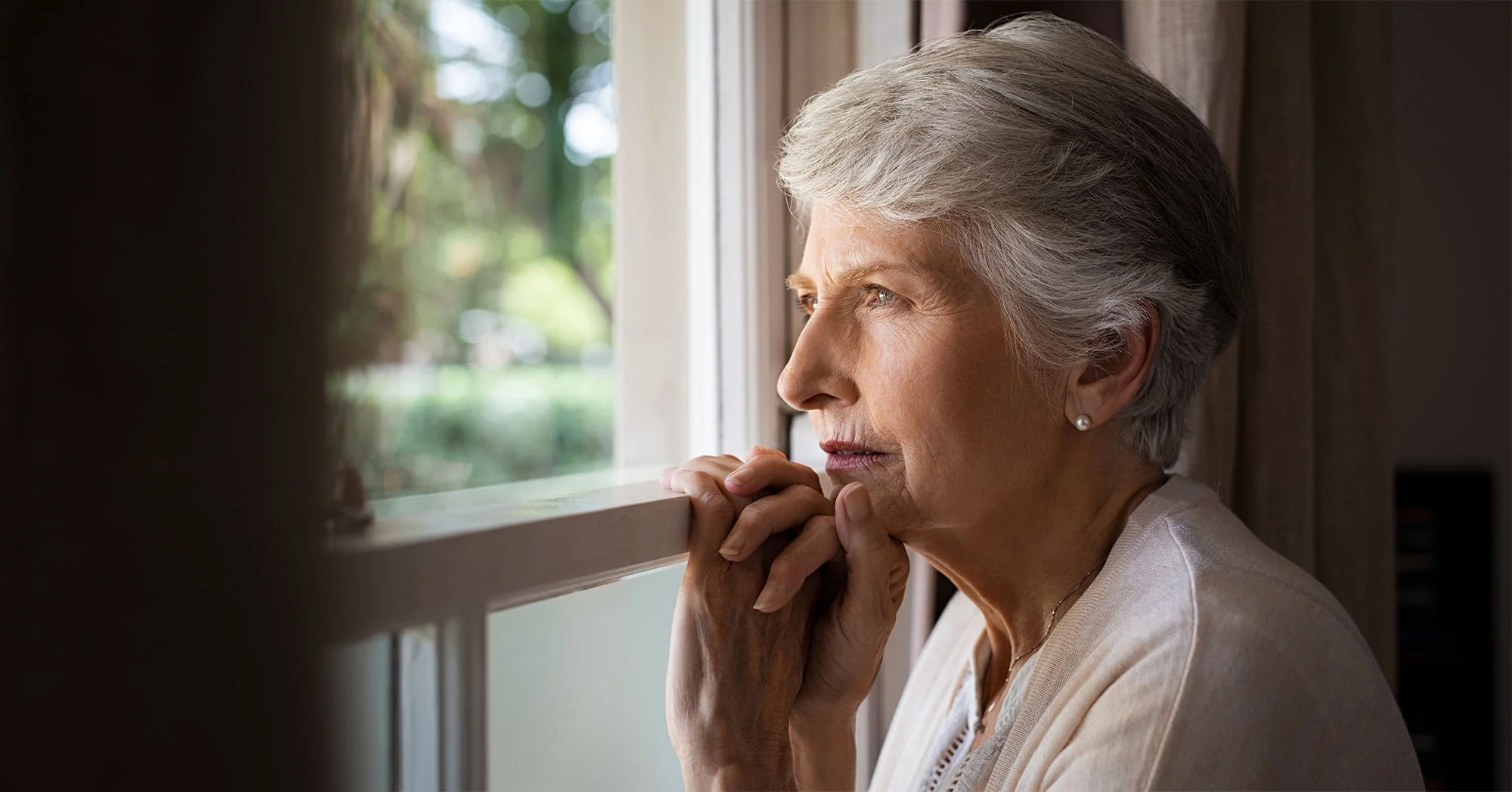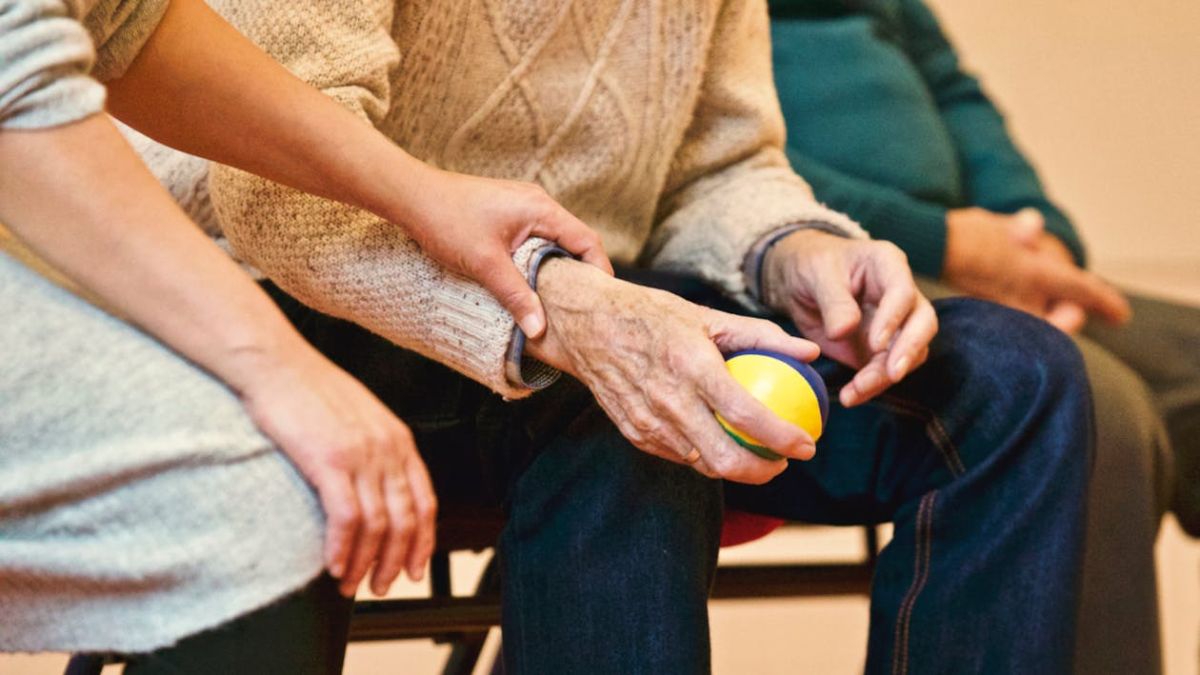Summer is a bright time. The sun shines longer, providing extra warmth and light for citizens to enjoy outdoor summer activities like going to the beach, hanging out at the local park, and gardening. While sunshine is essential for your body to process vitamin D, the sun’s ultraviolet (UV) radiation can quickly damage the skin, eyes, and hair. This UV awareness month, be aware of the connection between overexposure to UV light and cancers that can occur in the eyes, lips, and skin.
People who are exposed to more UV rays can experience premature aging of the skin and signs of sun damage that include leathery skin, liver spots, wrinkles, and solar elastosis. During this time, we at True Care would like to spread awareness about how important it is to protect ourselves from the side effects of UV rays and share some information, solutions, and precautionary measures for you and your loved ones this summer.
UV sources and effects:
Excess UV exposure can also lead to a weakened immune system. With a weaker immune system, problems such as reactivation of diseases like herpes can get triggered by sun or other UV ray sources. Vaccines may also start to be less effective in those people. Their bodies can start having a harder time fighting off infections, making them more prone to diseases like certain cancers.
Prolonged exposure to UV rays can come from a variety of sources. Some are natural sources like the sun, but there are also artificial sources like tanning beds, mercury vapor lighting (found in stadium and school gyms), and some halogen, fluorescent and incandescent lightbulbs.
Types of UV radiation:
UV radiation is classified into three primary types: ultraviolet A (UVA), ultraviolet B (UVB), and ultraviolet C (UVC), based on their wavelengths.
UVB is connected to the Sun Protection Factor (SPF) on the labels of sunscreen products. The SPF number tells you the number of minutes that the sun’s radiation (including some of the UVA) would take to burn your skin when using that product compared to the time without sunscreen. UVB penetrates and damages the outermost layers of your skin. Overexposure causes suntan, sunburn and, in severe cases, blistering. Its intensity fluctuates. The sun’s rays are strongest and pose the highest risk between 10a.m. and 4p.m. However, UVB rays can damage your skin year-round, especially at high altitudes or on reflective surfaces like snow or ice. UVB rays can be filtered and do not penetrate glass.
UVA is connected to the “broad-spectrum protection” you see on the labels of sunscreen products. Early sunscreens only protected your skin from UVB rays, but once it was understood how dangerous UVA rays were, sunscreen manufacturers began adding ingredients to protect people from both UVB and UVA across this spectrum. UVA rays cause tanning, and its shorter wavelengths can cause sunburn. Although they may look and feel good, sadly there is no such thing as a safe or healthy tan. UVA radiation is proven to contribute to the development of skin cancer. UVA rays, while slightly less intense than UVB, penetrate your skin more deeply. Exposure causes genetic damage to cells on the innermost part of the top layer of skin, where most skin cancers occur. The skin tries to prevent further damage by darkening, resulting in a tan. Over time, UVA also leads to premature aging and skin cancer. UVA is everywhere, and accounts for up to 95% of the UV radiation reaching the earth. These rays maintain the same level of strength during daylight hours throughout the year. This means that during a lifetime, we are all exposed to a high level of UVA rays. UVA can penetrate windows and cloud cover.
UVC radiation is the highest energy portion of the UV radiation spectrum. UVC radiation from the sun does not reach the earth’s surface because it is blocked by the ozone layer in the atmosphere. The only way that humans can be exposed to UVC radiation is from an artificial source like a lamp or laser. Though it isn’t a large risk to most, people working with welding torches or mercury lamps may be exposed. Exposure can cause severe burns of the skin and eye injuries (photokeratitis). As a precautionary measure, try to avoid direct skin exposure to UVC radiation and never look directly into a UVC light source, even briefly. Skin burns and eye injuries from UVC exposure usually resolve within a week with no known long-term damage.
UV effects on skin:
UV exposure in general is a powerful attack on the skin. Unprotected exposure to UV damages the DNA in skin cells, producing genetic defects, or mutations, that can lead to skin cancer and premature aging. Two types of UV light are proven to contribute to the risk for skin cancer. UVA has a longer wavelength that causes aging of the skin. UVB has a shorter wavelength causing it to burn the skin. The degree of damage depends on the intensity of UV rays and the length of time your skin has been exposed without protection. Location is also a factor. The UV index measures the intensity of UV radiation at a specific location. If you live where the sun is strong year-round, your exposure level and risk increases. You can check UV levels on any weather application.
UV effects on eyes:
UV rays can cause heavy eye damage, including cataracts and eyelid cancers like basal cell carcinoma and squamous cell carcinoma. UV light has shorter wavelengths than visible light, so your eyes can’t see it. UV light more easily penetrates eye tissues than visible light, and prolonged exposure to UV rays modifies lens proteins, leading to cataract formation and worsening eyesight. Over time, cataracts can make vision blurry, hazy, or less colorful. The eyes can heal after sun damage, but they may experience some vision changes. Many eye problems caused by sun damage are cumulative, meaning they result from repeated and consistent sun damage over many years. Cataracts, pterygium, and macular degeneration are treatable, but will not resolve on their own. The best form of protection is limiting time in the sun, and wearing sunglasses that provide strong UV protection.
UV effects on hair:
Exposure to ultraviolet radiation damages the hair fiber. Sun exposure to hair can cause dryness, reduced strength, rough surface texture, loss of color, decreased luster, stiffness and brittleness of hair. The sun attacks the hair proteins and melanin. UVB radiation is the principal radiation responsible for hair protein loss. UVA radiation is responsible for color changes. When hair is damaged by sunlight, in most cases, the amino acids of the cuticle are altered to a greater extent than those of the cortex because the outer layers of the fiber receive higher intensities of radiation. This exposure can cause rupture and detachment of the external layers, resulting in split ends.
To protect the hair from prolonged sun exposure and damage try wrapping a scarf around the hair, wearing a wide-brimmed hat or using an umbrella. Hair sunscreen also exists, and is a great choice for those that don’t have accessories. Scalps require hefty protection from the sun, so be sure to include it when applying sunscreen!
Summing it up:
Despite the risk factors, you can safely and happily enjoy the Summer sunshine by protecting your skin against UV exposure with broad-spectrum sunscreen and sun-safe clothing, hats and eyewear. You can also consider UV tint for your home and car windows. However you choose to enjoy yourself, make sure you’re protecting yourself and your loved ones from the harmful effects of UV rays in the Summer, and year round!
DISCLAIMER: THIS BLOG DOES NOT PROVIDE MEDICAL ADVICE
The information in this blog is for informational purposes only and is not intended to be a substitute for professional medical advice, diagnosis, or treatment. Always seek the advice of your physician or other qualified healthcare provider with any questions you may have regarding a medical condition or treatment and before undertaking a new health care regimen.





